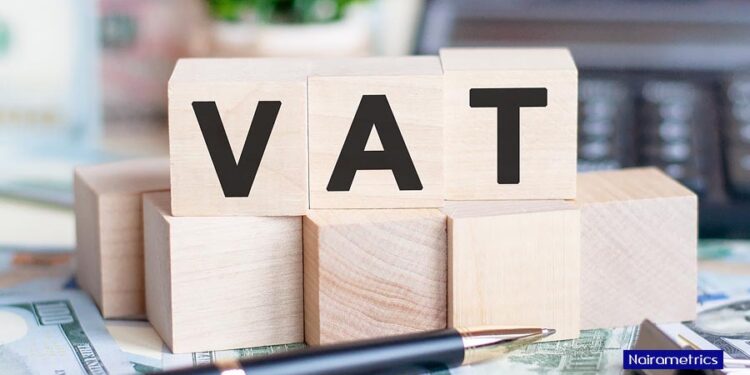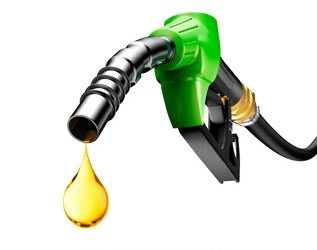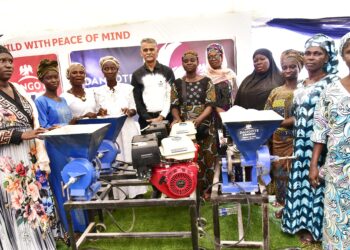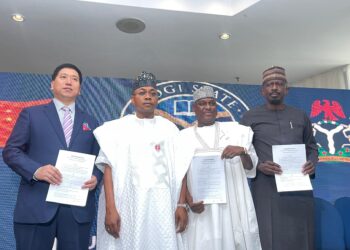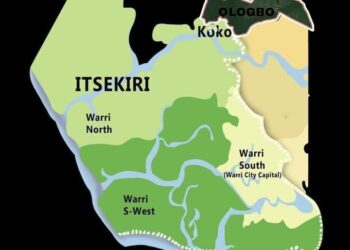Nigeria earned N625.39 billion from value-added tax (VAT) in the third quarter of 2022, the National Bureau of Statistics (NBS) has said.
VAT is a consumption tax administered by the Federal Inland Revenue Service (FIRS) and such revenue is usually disbursed to the three tiers of government through the federation accounts allocation committee (FAAC).
The NBS said this in its latest sectoral distribution of VAT for Q3 2022, released on Monday.
The figure represents an increase of 4.21 per cent from the N600.15 billion generated in Q2 2022.
According to the report, local VAT payments amounted to N367.93 billion in Q3 2022.
The report stated, “On the aggregate, value-added tax (VAT) for Q3 2022 was reported at N625.39 billion, showing a growth rate of 4.21 percent on a quarter-on-quarter basis from N600.15 billion in Q2 2022.
“Local payments recorded were N367.93 billion, foreign VAT payments were N121.85 billion, while import VAT contributed N135.61 billion in Q3 2022.
“On a quarter-on-quarter basis, the arts, entertainment, and recreation supply activities recorded the highest growth rate with 61.09 percent, followed by activities of extraterritorial organisations and bodies with 44.47.”
The NBS report also indicated that activities of households as employers, undifferentiated goods- and services-producing activities of households for own use had the lowest growth rate with -56.37 percent, followed by water supply, sewerage, waste management, and remediation activities with -32.02 per cent.
It stated, “In terms of sectoral contributions, the top three largest shares in Q3 2022 were manufacturing with 31.08 per cent, information and communication with 18.52 per cent, and mining and quarrying with 10.95 per cent.
“Conversely, activities of households as employers, undifferentiated goods- and services-producing activities of households for own use recorded the least share with 0.01 per cent, followed by activities of extraterritorial organisations and bodies with 0.06 per cent, and water supply, sewerage, waste management, and remediation activities with 0.08 per cent.”


